
Ancient Edo, Japan
In 1750, Japan had only 3% of the world's population, but had 8% of the world's urban population. They also had 3 of the world's largest cities. Each of these huge cities started as a small jokamachi (village) near a castle. The primary purpose of a jokamachi was to supply the samurai of the castle with lodging and food.
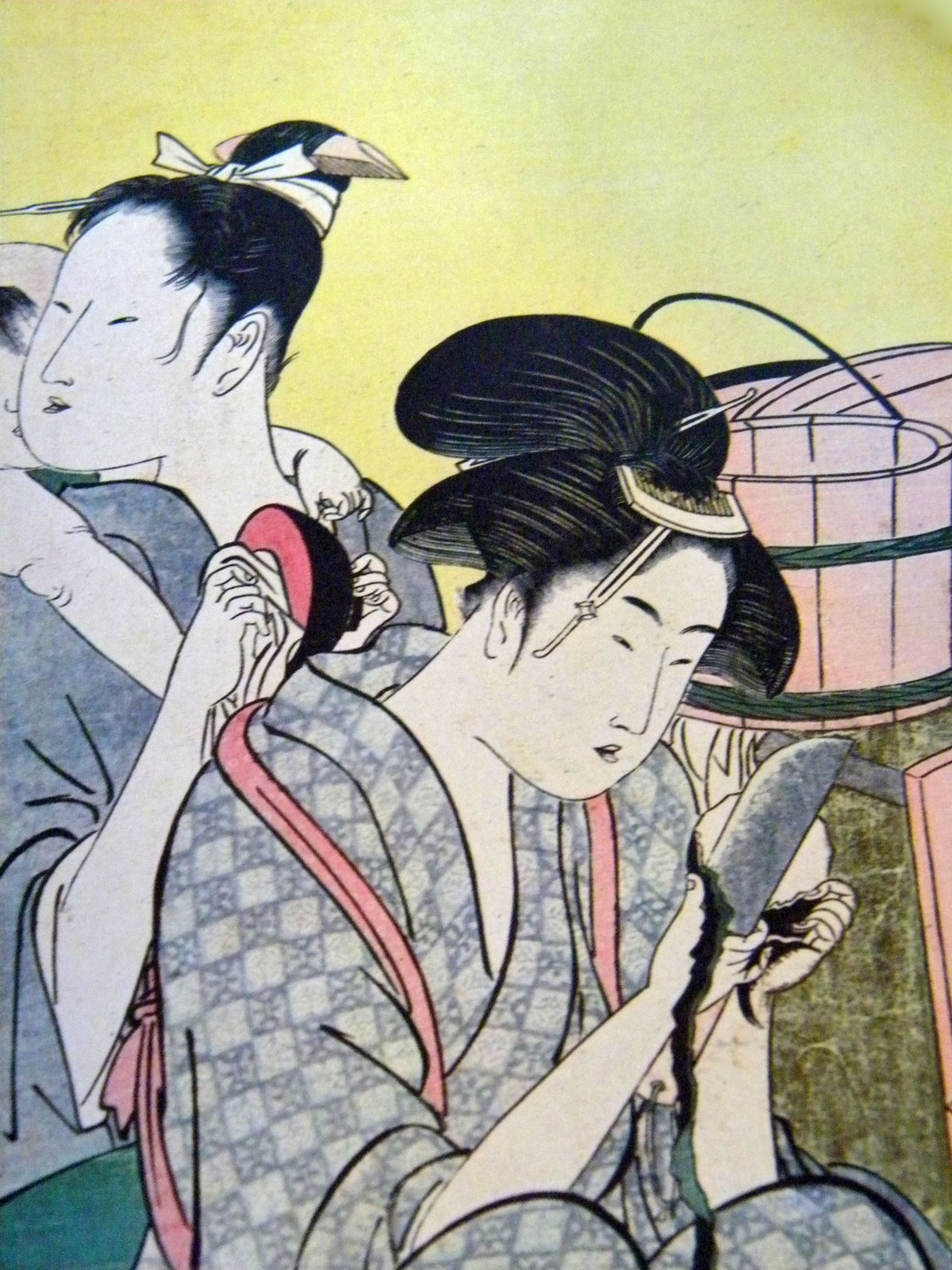
Ancient Japanese Customs
Bowing most likely first developed during religious ceremonies and was at that time used as a sign of respect in the presence of one's deity. During the 1700's it is said that Japanese peasants bobbed their heads to almost everyone that passed. The custom at this time was the higher the position of the passing person, the deeper the bow. However, when a samurai passed all the rules changed.
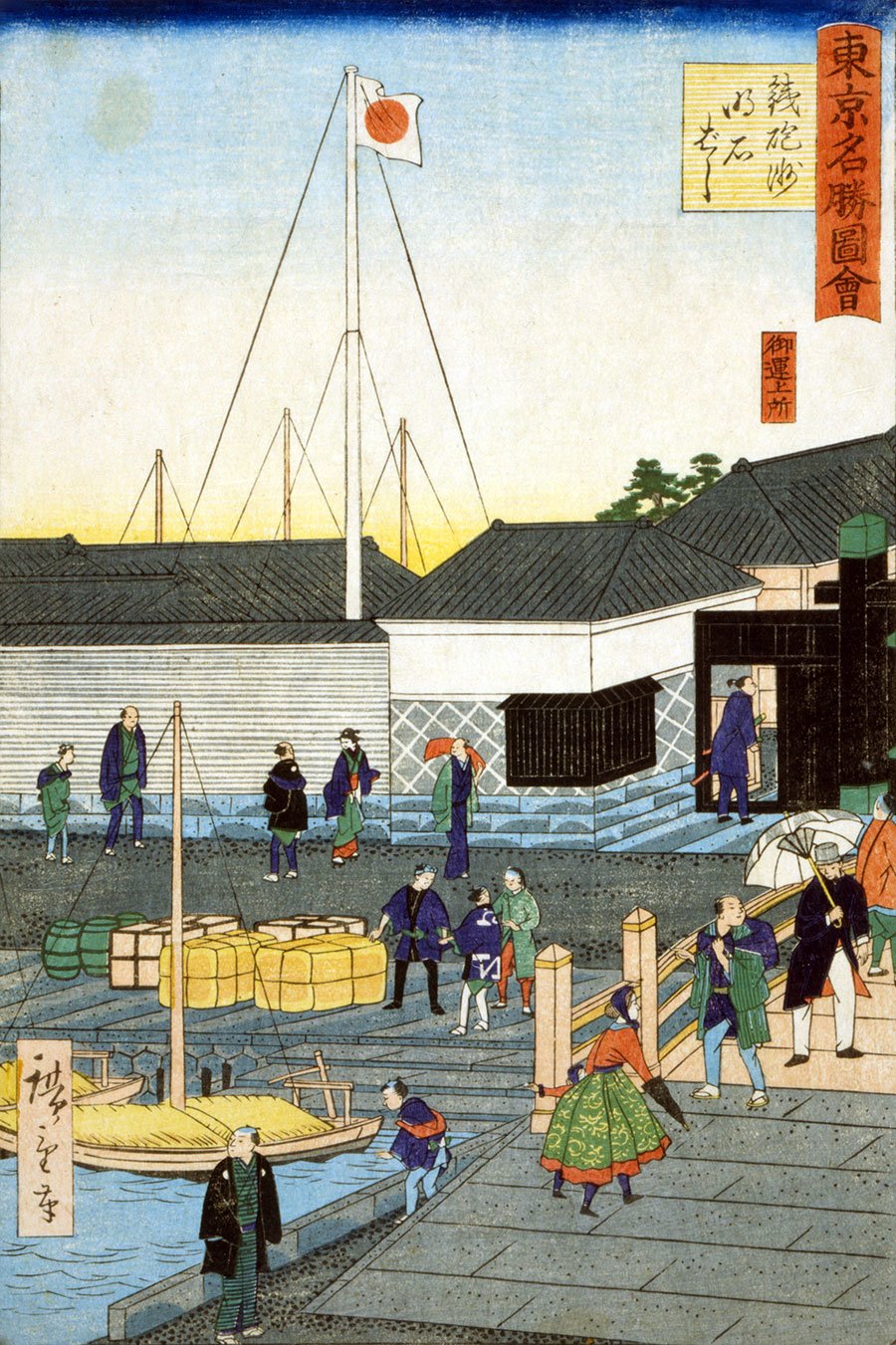
Ancient Japanese Trade
During the early 1700's trade in Japan was centered in Osaka. Approximately 10% of all wholesalers in the city worked in the rice exchange. At this time there were 9,000 private rice brokers and another 2,300 independent rice agents. There were also 481 official purveyors who purchased for the castles and the daimyo (lords). It is estimated that 10 million bushels of rice were traded each year in Osaka alone. Very little rice was eaten in Osaka. Most was shipped to Edo (Tokyo) for consumption. The rest was purchased by the ton'ya wholesalers and stored in warehouses in Osaka until the rice could be sold.
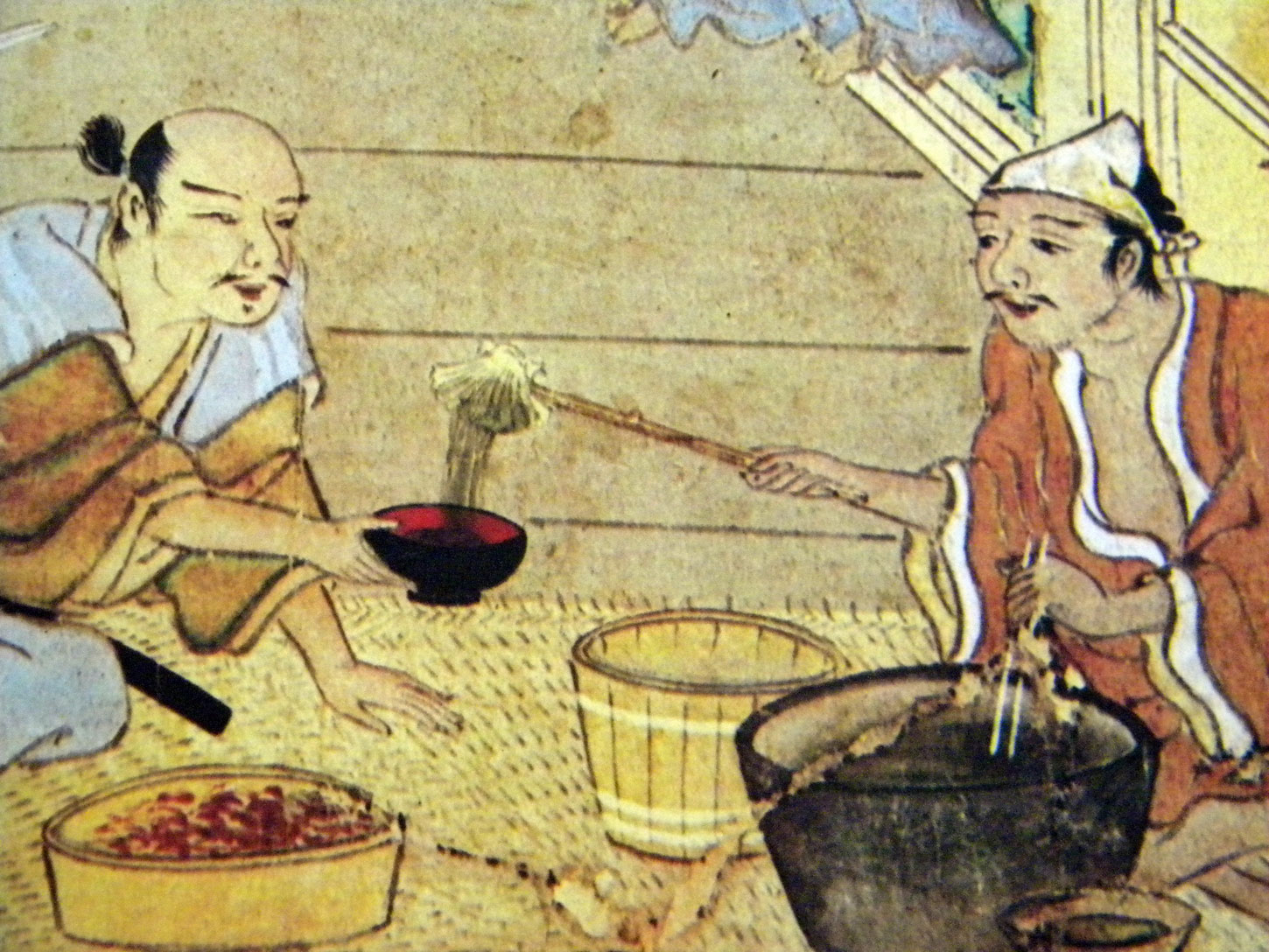
Food in Ancient Japan
During its two centuries of isolation, Japan developed a distinct cuisine of their own. At this time, very little meat was consumed. This can somewhat be attributed to the Buddhist ban against the killing and eating of animals. However, it was also because there was simply not enough room on the small water covered plots of land that the peasants farmed.

Japanese Buddhism
Siddhartha Guatama (560-480 BC) was the founder of Buddhism. His father was called Suddhodana and his mother Maya. Guatama's mother died shortly after his birth. After the mother's death, his father did his best to hide Siddhartha from the world of human misery. Primarily, he was not allowed to see diseased people, dead people, old people, or ascetic monks. As a young man he received the education of a prince. His father was a Kshatriya rajah and he was very wealthy. Sid-dhartha Guatama did not become aware of the real world until he was 13 years old.
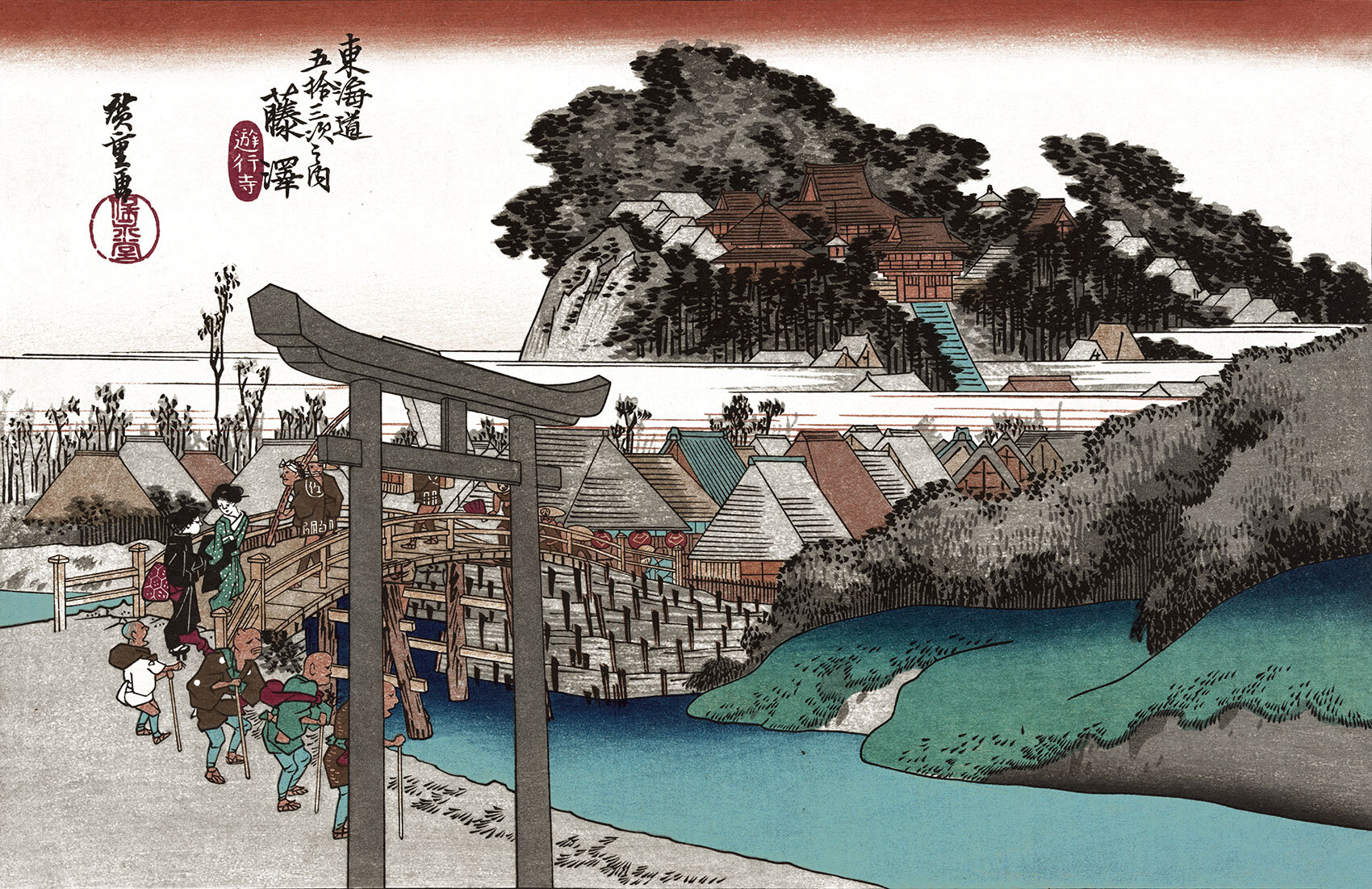
Japanese Village Life
About 27 million Japanese peasants lived in rural villages and 3 million lived in cities. Amazingly, three of the world's five largest cities were in Japan. However, the average Japanese peasant lived in a small rural village of about 400 people. There were 63,000 rural villages in Japan at this time and each was comprised of approximately 100 small families.
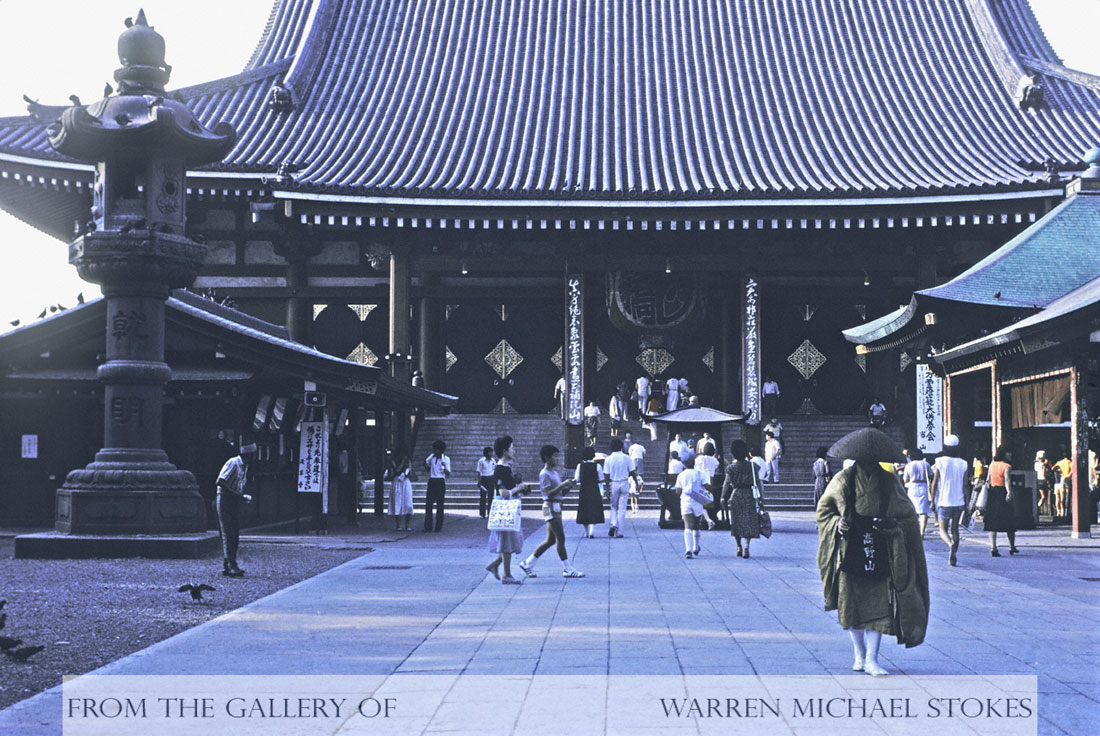
Japan's Proximity to Korea and China
Although Japan is much smaller than China, Japan is not a small country. In fact, it comprises approximately 142,707 square miles, which is almost 50% larger than the British Isles. Unfortunately, 80% of the country is too mountainous for agricultural production. In early Japan, the mountain ranges were so high that they would impede transportation and communication.
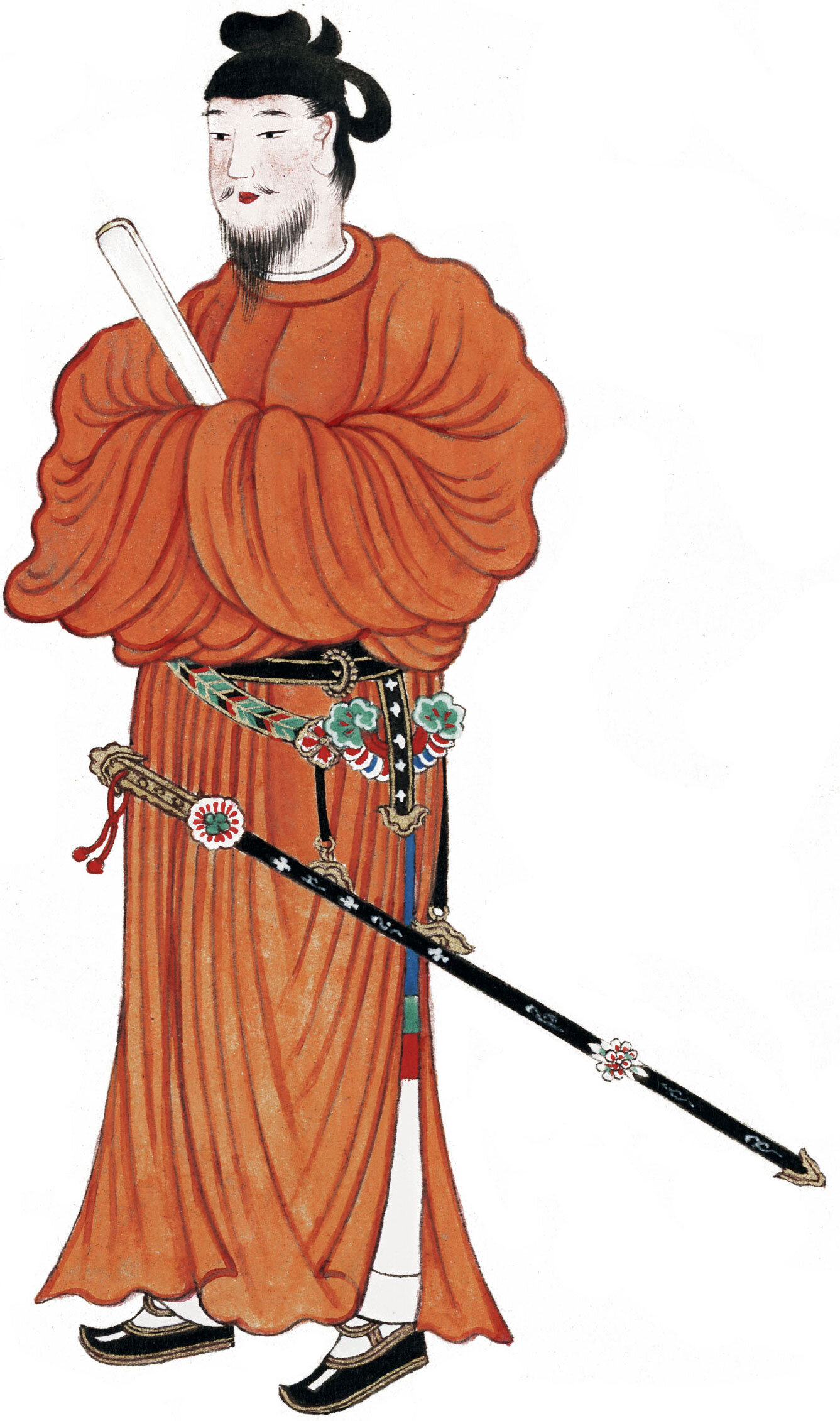
Prince Shotoku
In 552 AD, the Korean state of Paekche introduced Buddhism to the Japanese Yamato court. They presented an image of Buddha, with a collection of scriptures. Then, just a short time later, a group of experts arrived from Korea. These men were well educated in the Chinese classics, medicine, music, calendars, and in divination. At first, many Japanese conservatives refused to follow the new religion. However, the Soga family, who were highly regarded managers of royal estates, chose to embrace it. Then, a short time later things would change dramatically when a violent struggle for imperial succession occurred and the Soga became the dominate faction in the Yamato court.
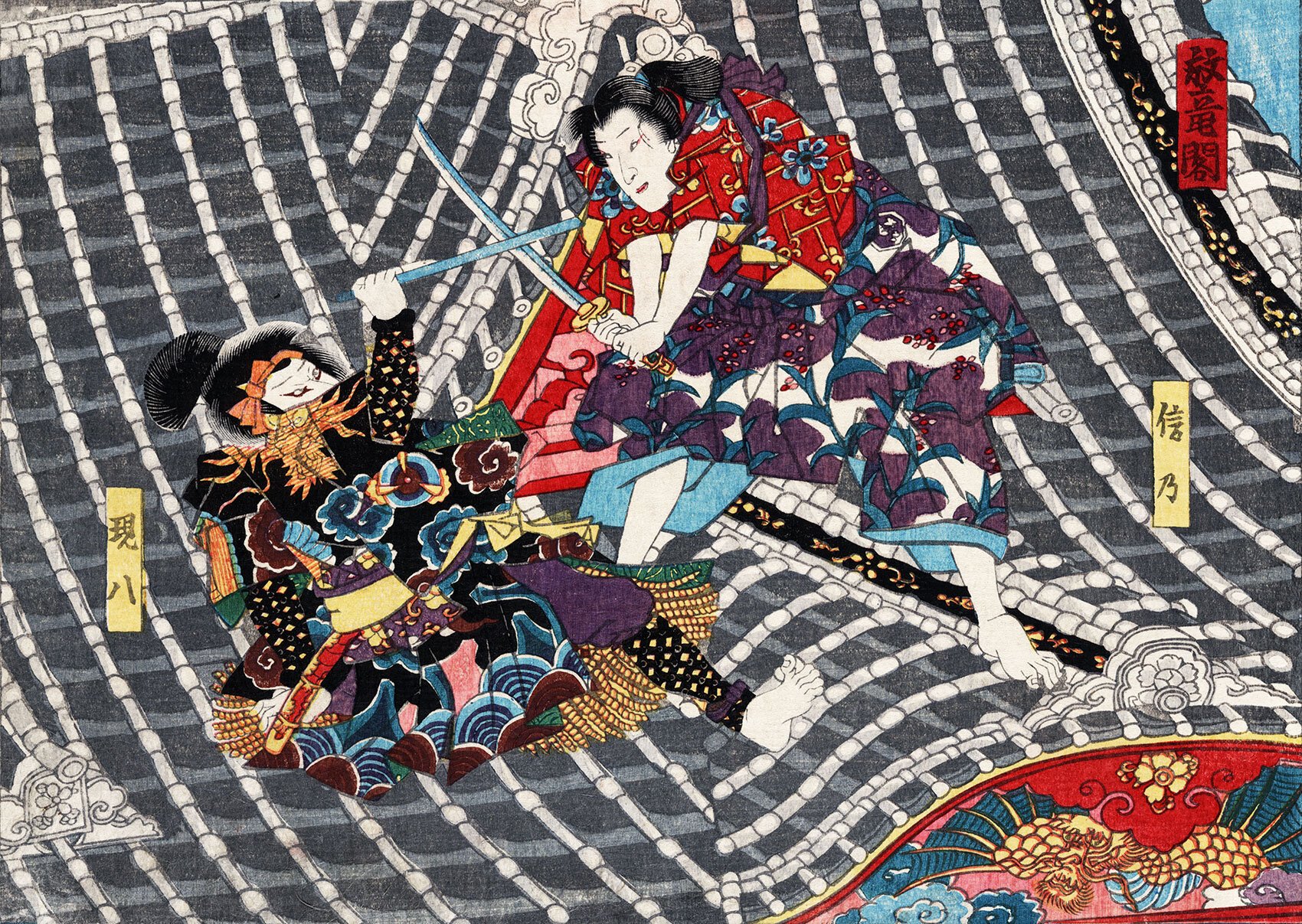
Samurai in the 12th Century
The ascent of the samurai warrior to the top of Japanese society was a slow process. It was the increase in provincial power during the Heian period (794-1185) that made it possible for the samurai to reach out for political power and change the system of government itself. In 935 AD, a private army led by Taira no Masakado conquered 8 Kanto provinces. Shortly afterward he declared himself emperor. Taira claimed to be direct descendant of Emperor Kammu. Today, Japanese historians refer to Taira no Masakado as the very first samurai, and he is celebrated as a national hero.
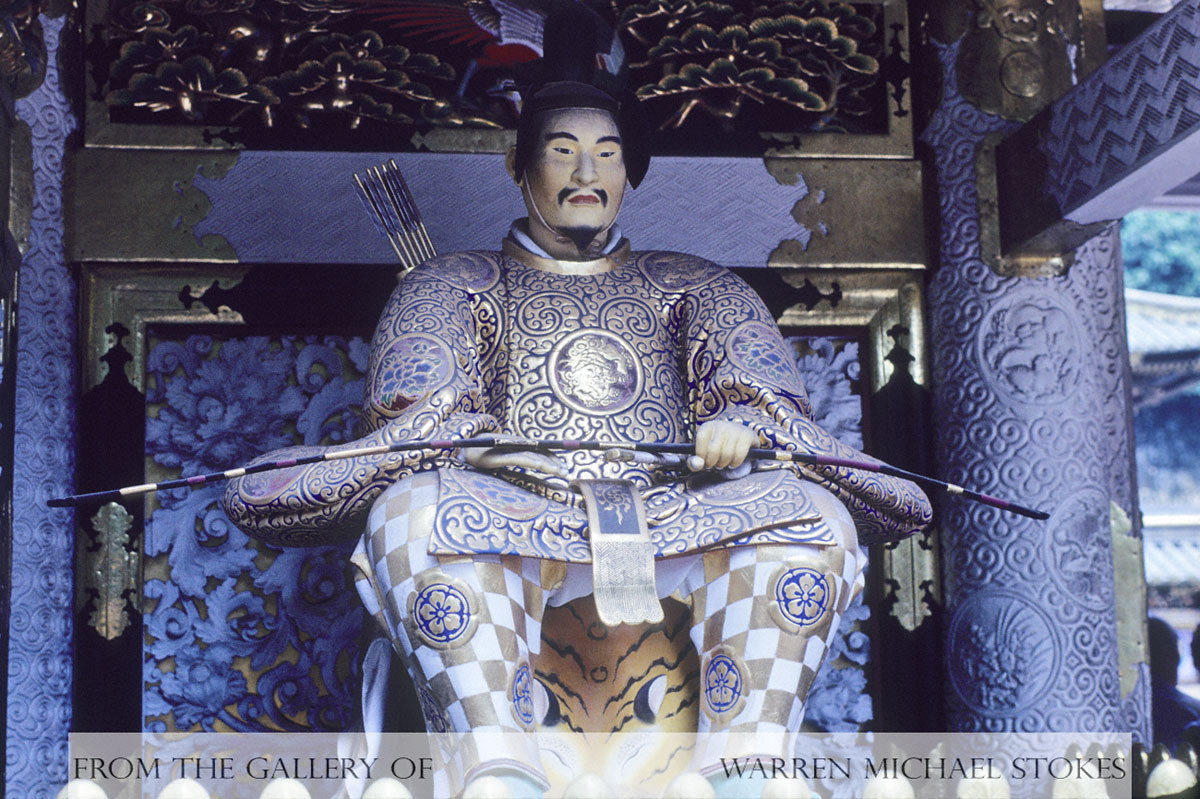
Shogun, Daimyo, and Samurai
The Shogun (military general) of Edo was in charge of the country, and his administrators collectively were known as the bakufu. The bakufu carried out the shoguns' orders. The shogun government was largely a feudal military dictatorship. Directly below the shogun were the daimyo who ruled the 250 Han clans that made up the country of Japan.
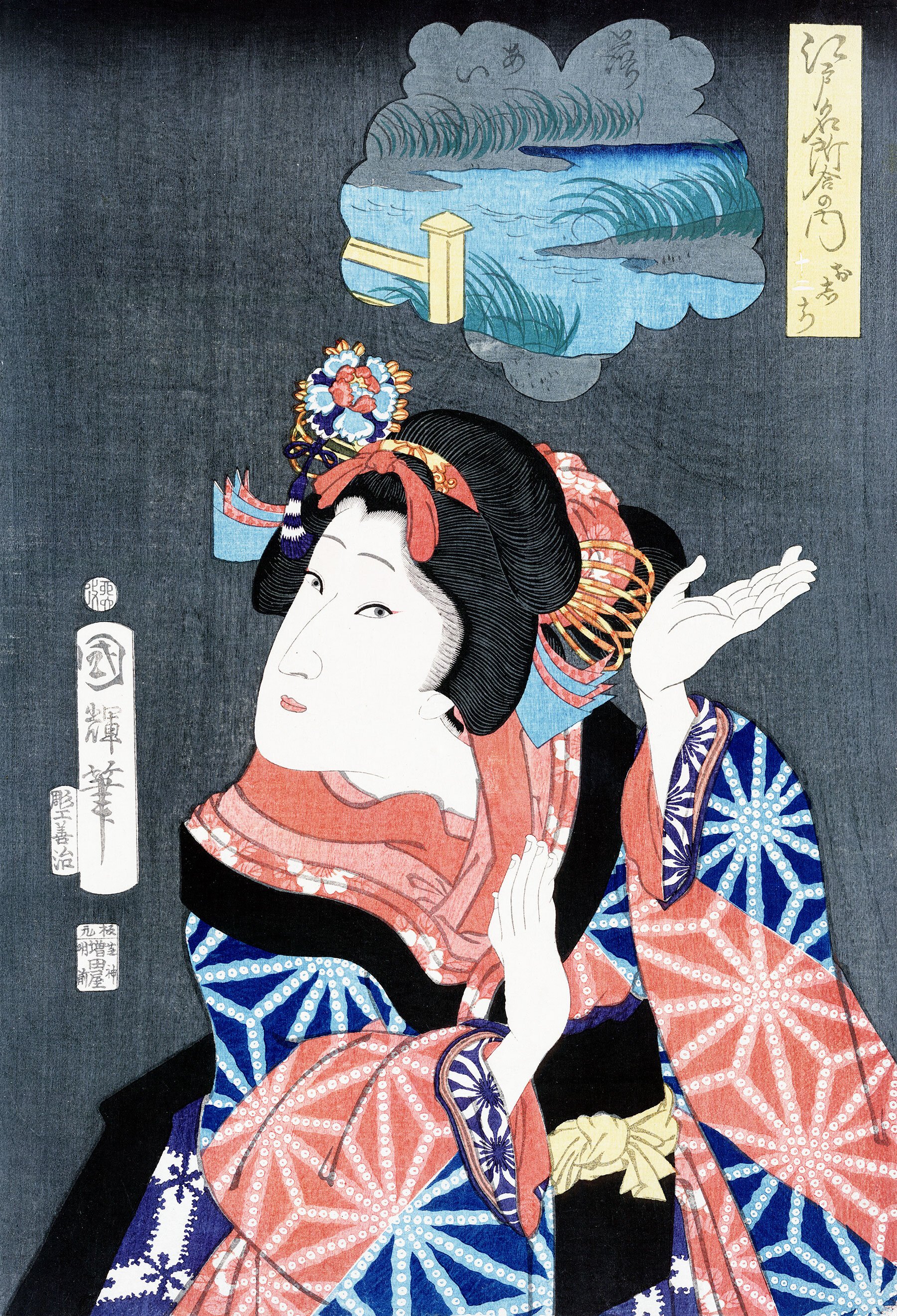
Tale of the Genji and Noh Drama
Most historians believe that literature is our best way of finding out about the lifestyles in ancient Heian/Fujiwara Japan. Most Heian authors were women court ladies. Murasaki Shikibu (978-1016 AD) was such a woman, and she wrote Japan's greatest fictional work of the Japanese classical period, “The Tale of the Genji.” Critics have called Genji the worlds first great novel. Written in 1000 AD, it has 54 chapters and is well over 1,000 pages in length. The story is twice as long as Leo Tolstoy's “War and Peace.” “Tale of the Genji” was an immediate hit in the Heian court.
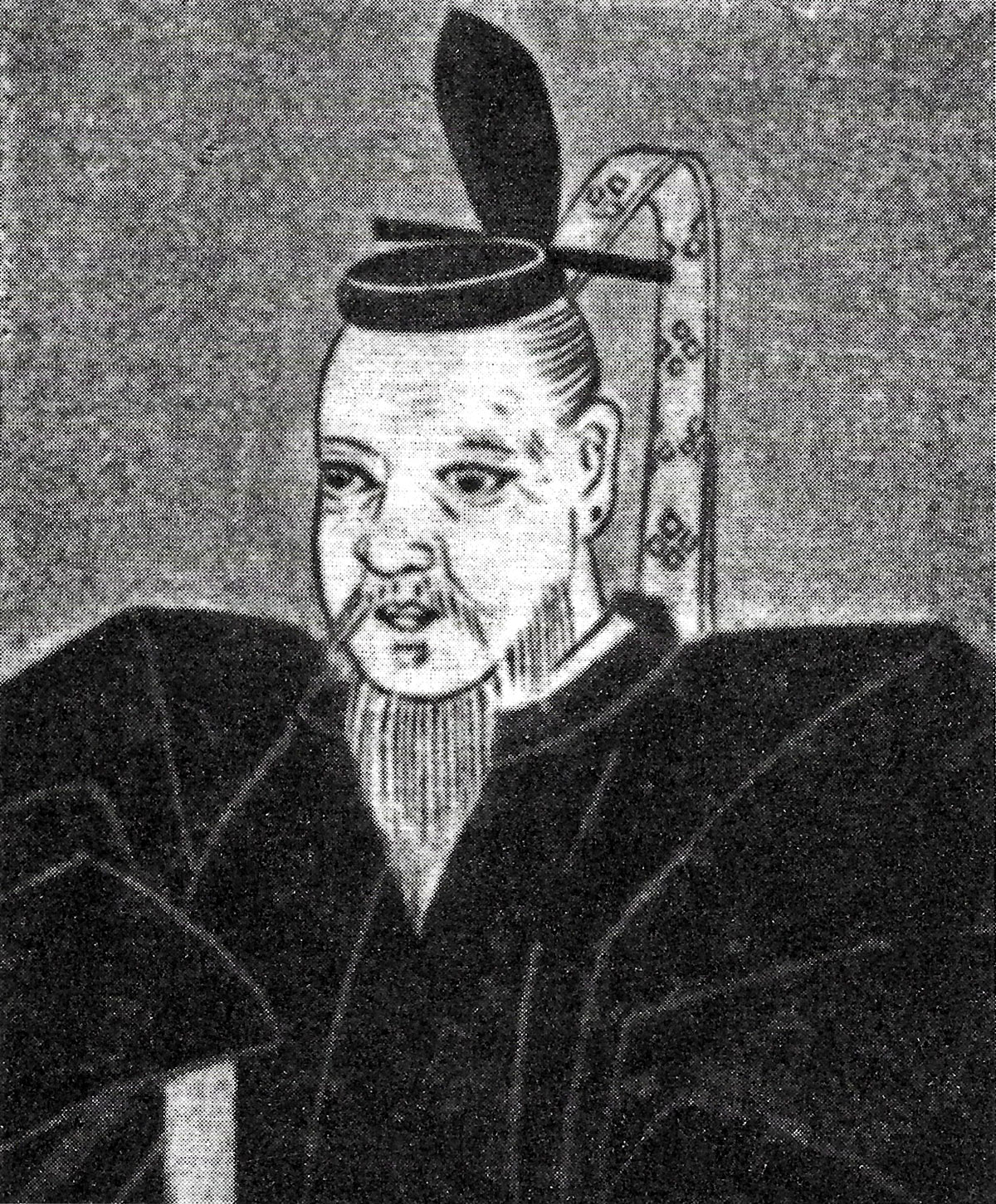
Tokugawa Ieyasu
Ieyasu ruled from 1603 AD to 1605 AD, as the Tokugawa's first shogun. He rose to power after being entrusted with the care and upbringing of the child emperor, Hideoshi. Ieyasu is credited with finishing the task of unifying all of Japan, a task that had begun under Hideyoshi and Nobunga.
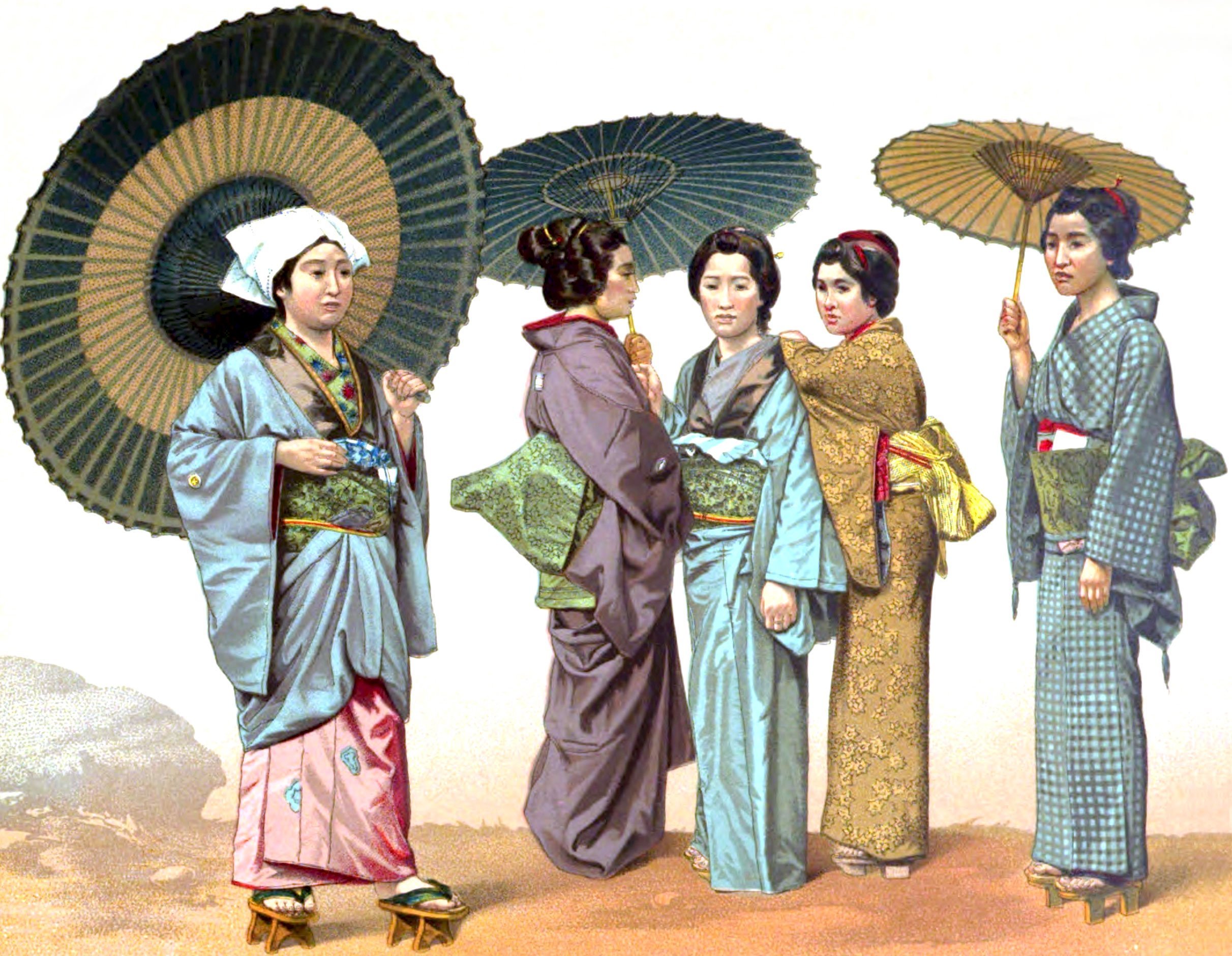
Women of Ancient Japan
Common women who resided in urban areas were called chonin. They generally worked side by side with their husbands. This especially applied to the cottage industries that included embroidery, textile weaving, silk production, sewing, ceramics, and umbrella making. If their husbands worked in the public or in physical labor, a woman would not be allowed to do the job. All jobs that required heavy lifting were strictly for men only. This applied to all levels of social class.
